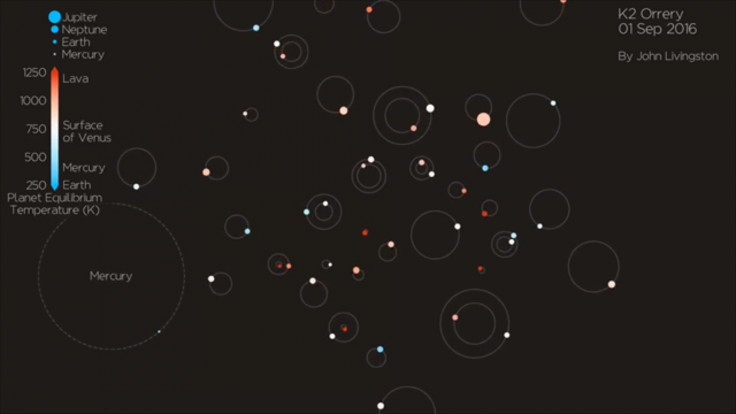Two Super-earths discovered just 11 light years away from our planet: Study
The two exoplanets are orbiting around the nearby star Gliese 887.
Scientists discover probably the nearest Super-earth exoplanets. The newly discovered worlds belong to a star system that lies only 11 light-years away from Earth, according to a new study.
Super-Earths are planets with a mass higher than Earth's, but less than those of Uranus and Neptune. The two planets are situated outside our solar system and are orbiting the nearby star Gliese 887, hence they were named Gliese 887b and Gliese 887c, according to the news release.
The discovery was made by a team of international researchers working on the Red Dots project led by the University of Göttingen. The observation was made using the European Southern Observatory in Chile for three months. Using The High Accuracy Radial velocity Planet Searcher, known as the HARPS spectrograph, the astronomers spotted two planets orbiting Gliese 887, the brightest red dwarf star in the sky.
The team used a technique known as "Doppler wobble" that helped them detect regular signals that correspond to orbits of just 9.3 and 21.8 days that hinted at the presence of two planets that are larger than Earth yet moving rapidly. In additional detail, scientists have estimated the temperature of Gliese 887c to be around 70 degrees Celsius.
Gliese 887 is reportedly the closest stars to the Sun at around 11 light-years away. However, it is half the size of our star Sun and it is much cooler than the sun. Meanwhile, since the star has very few starspots, it is believed it may have a thicker atmosphere than earth with the possibility of hosting life. Nevertheless, it receives more light than the Earth and its brightness is almost constant.
"Therefore, it will be relatively easy to detect the atmospheres of the super-Earth system, making it a prime target for the James Webb Space Telescope, a successor to the Hubble Telescope," reads the news release.

"These planets will provide the best possibilities for more detailed studies, including the search for life outside our Solar System," said Sandra Jeffers, the lead author of the study. The study was published in a journal named Science.
© Copyright IBTimes 2025. All rights reserved.





















